Yabrud يبرود
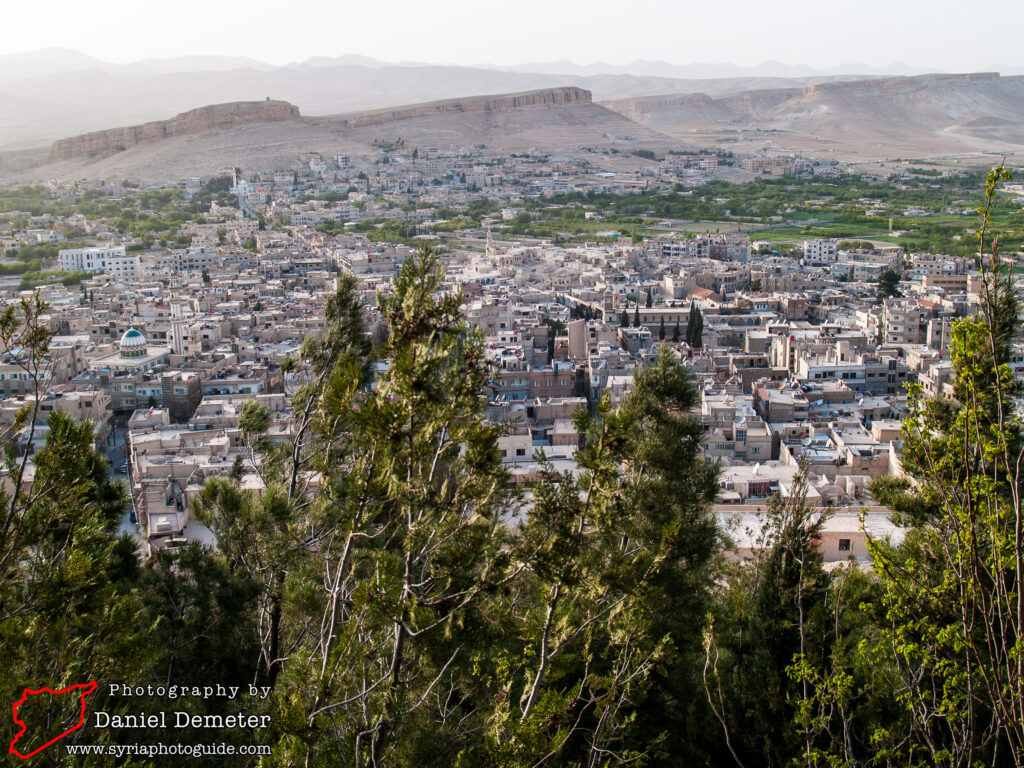
Yabrud (يبرود) is a sizeable town in the north of the Damascus Region (ريف دمشق), located southwest of al-Nabk (النبك) and north of Maalula (معلولا). The town contains evidence of tens of thousands of years of settlement and features numerous historic attractions. Situated in a fertile valley and surrounded by rocky mountain cliffs, Yabrud (يبرود) could be visited for its beautiful scenery alone — the contrast between the lush vegetation in the valley and the forboding, barren mountains is particularly striking in the spring.
Of its historic sites, Yabrud (يبرود) is most famous for its Greek Catholic Seidat al-Najah Church (كنيسة سيدة النجاة), or the Church of Our Lady of Deliverance. The building is sometimes referred to as the Cathedral of Constantine and Helen. Once a Roman temple dedicated to worship of Jupiter and later converted to a Byzantine church, it was eventually destroyed only to be restored as a place of worship last century. The foundational walls are quite clearly of Roman origin, as are some of the interior columns. The church is not always open, and a caretaker may need to be tracked down in order to gain access.
Just a couple hundred meters northwest of the cathedral is an archaeological mound with numerous other Roman remains. Most of these ruins have been incorporated into the simple mud-brick houses here. You can find a wall of a Roman temple and a column stranded in a yard, as well as plenty of Roman stones as foundations of modern homes. A small mosque attached to a local house has Roman columns and arches supporting its roof. During the Roman period, the city was known by its Latin name, Iabruda, and was part of the domains of Herod Agrippa II. It was the seat of a bishop in the early Byzantine period.
About a fifteen-minute walk north and slightly east of the cathedral is a modern church being built on the site of a much earlier one, incorporating many ancient stones and columns into the design. At the time of writing, the church wasn’t completed, but you could still visit and see the remains. Slightly southeast of the cathedral is a modern-looking mosque, but Christians in the town will claim it was once a church and, before that, a Roman temple. One of the minarets is clearly historic, though at the time of research the mosque was being modernized and it appeared the minaret would be refurbished with exterior tiling.
Roman tombs surround Yabrud (يبرود), and can provide an excuse for trekking around the outskirts of town. The largest group of tombs is on the eastern side of the road to Maalula (معلولا), heading south out of town, about a 30-45 minute walk. Other Roman tombs found to the west of town are more impressive, however. There is a curious-looking tomb carved out of a single gigantic boulder in the west end of town, just north of the main road and after passing some farmyards. Continuing west another fifteen minutes walking you can find another tomb with a set of eleven relief panels, presumably for each person laid to rest there, carved into the eastern face of the mountain.
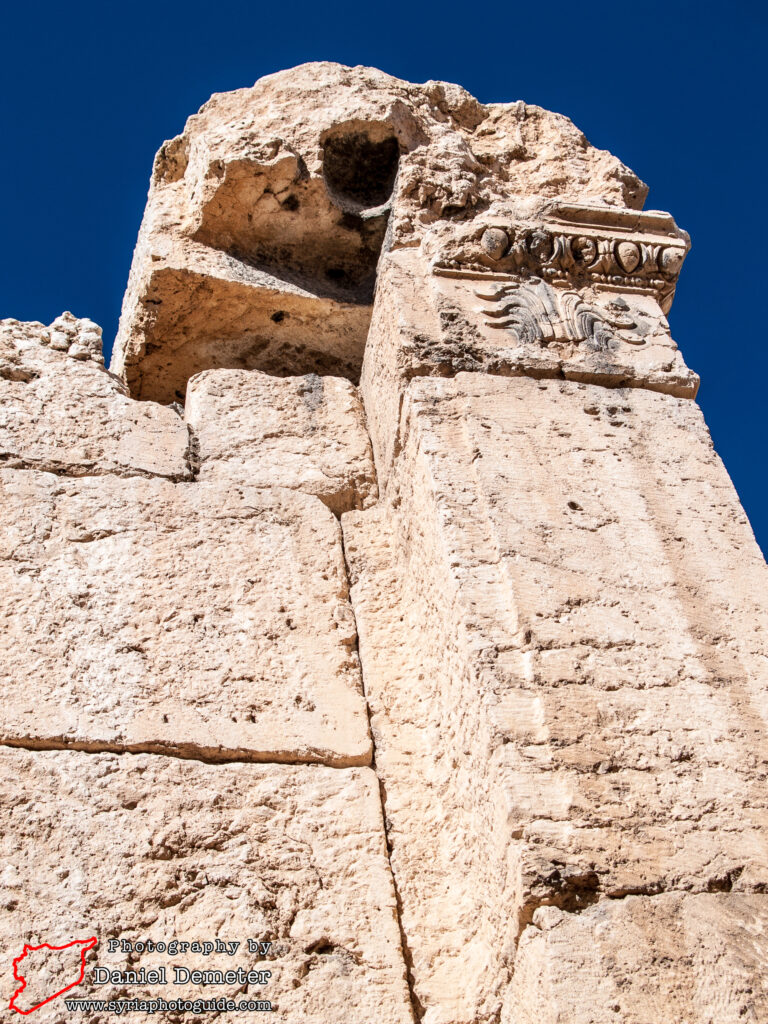
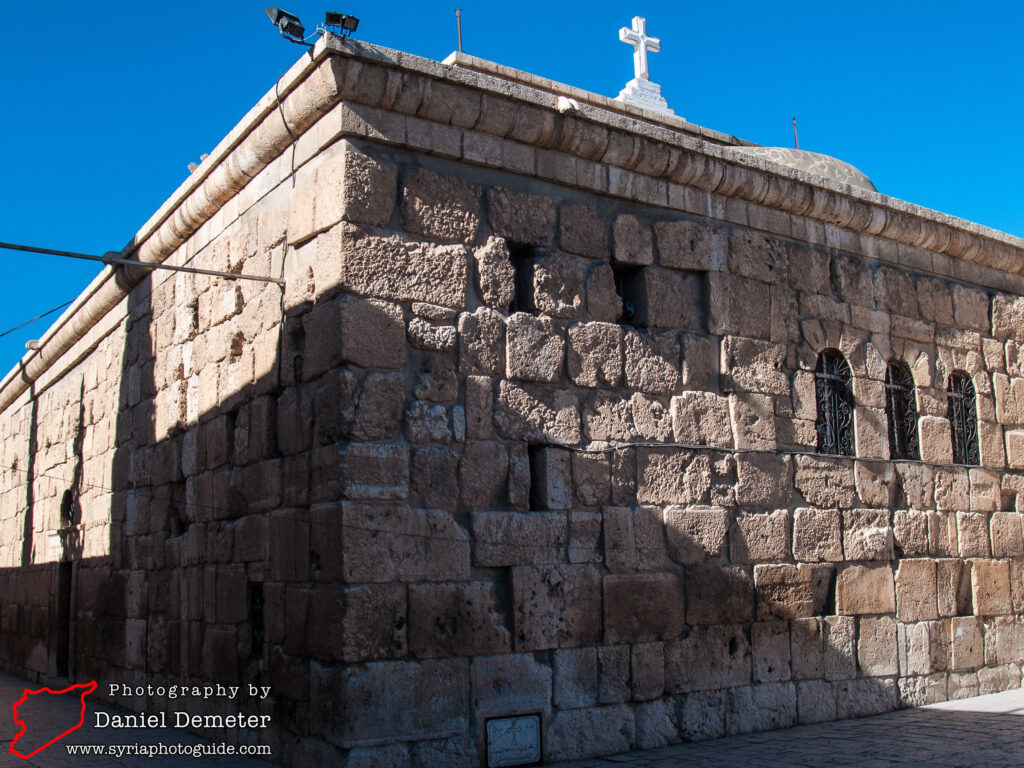
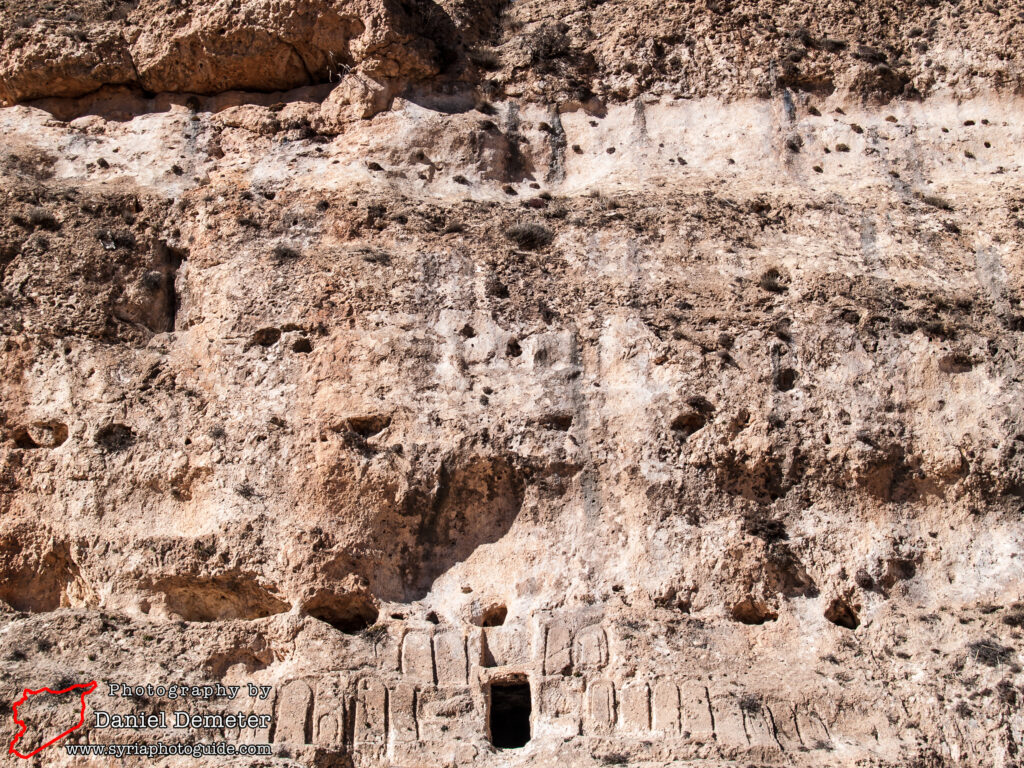
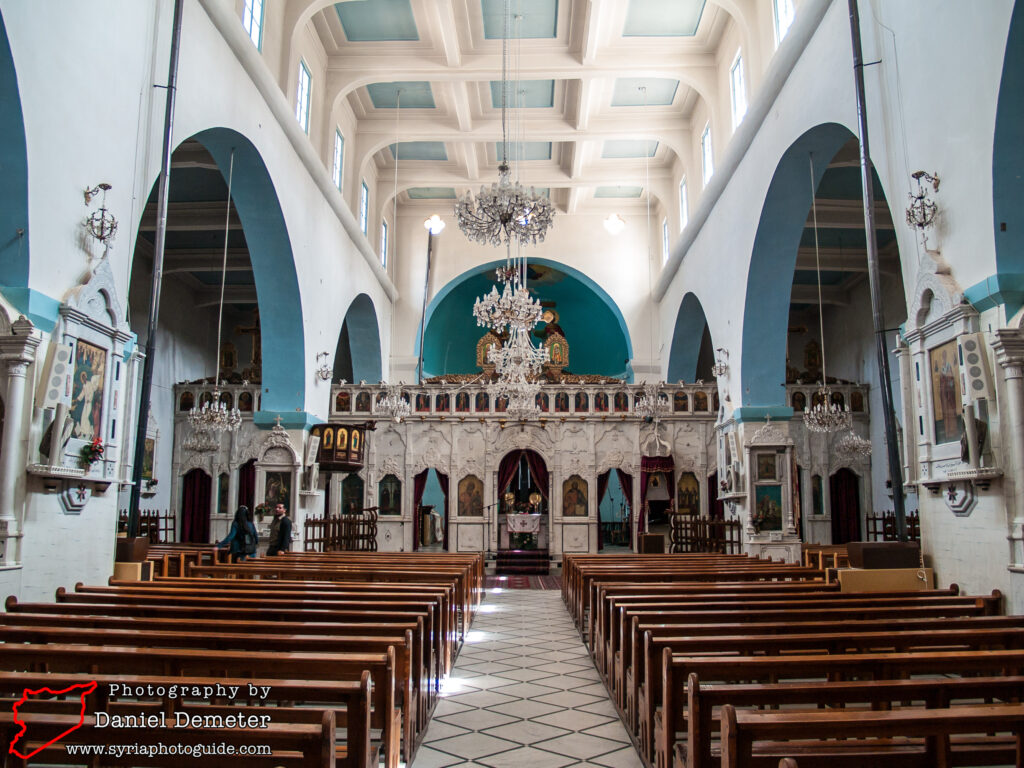
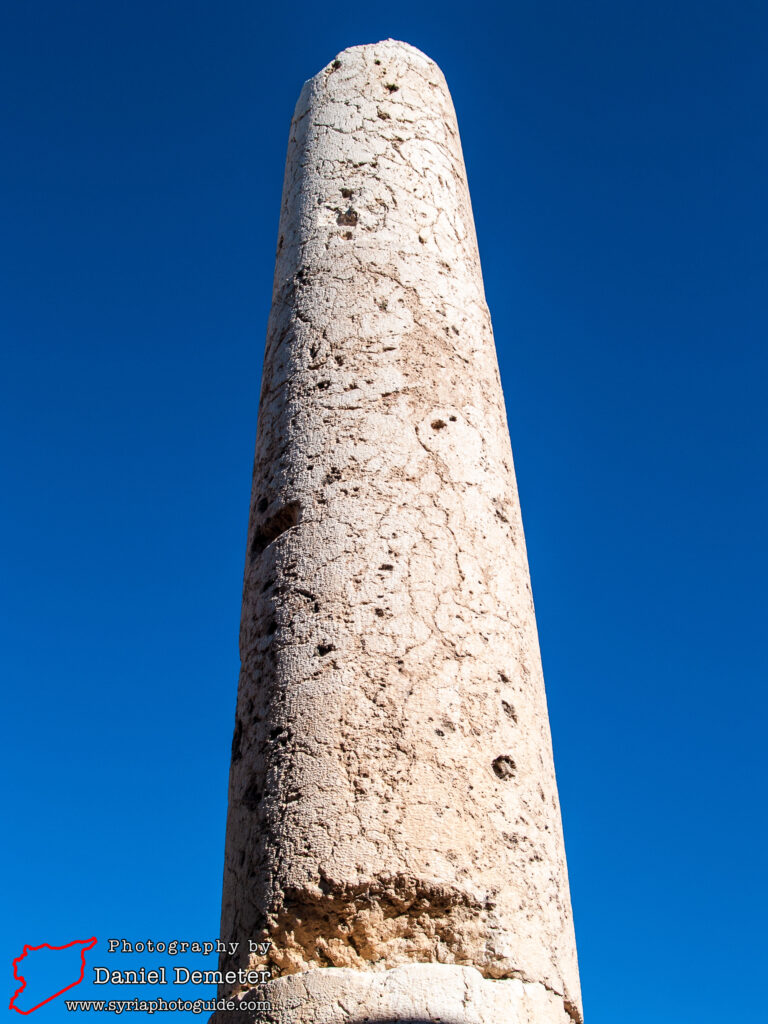
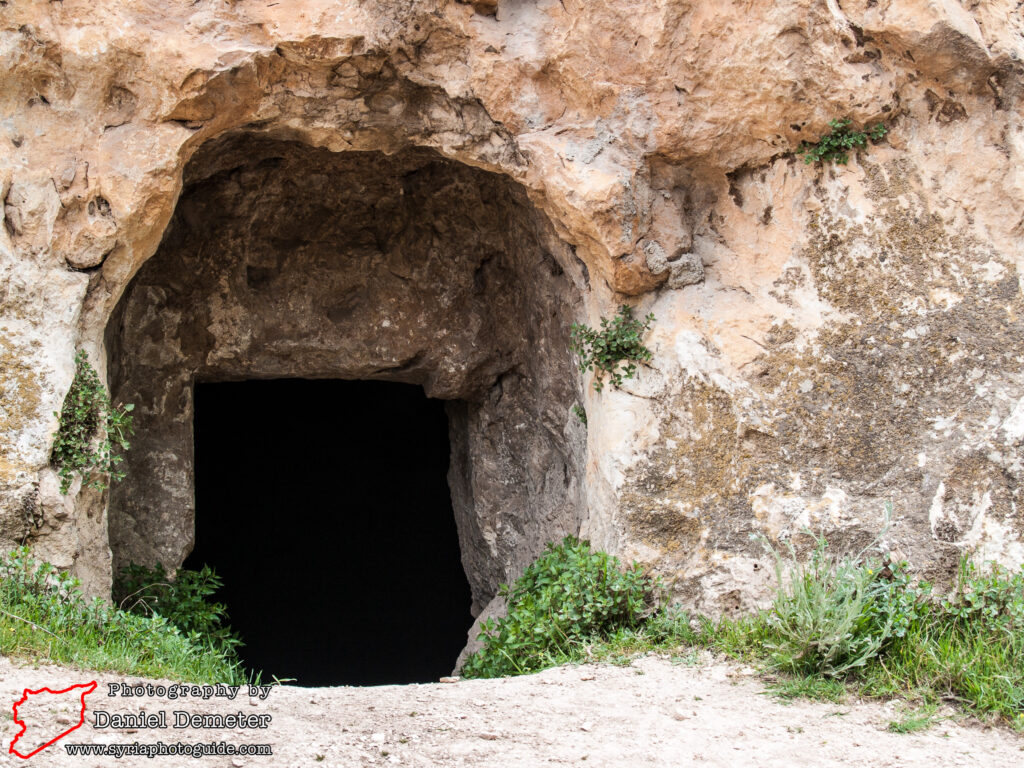
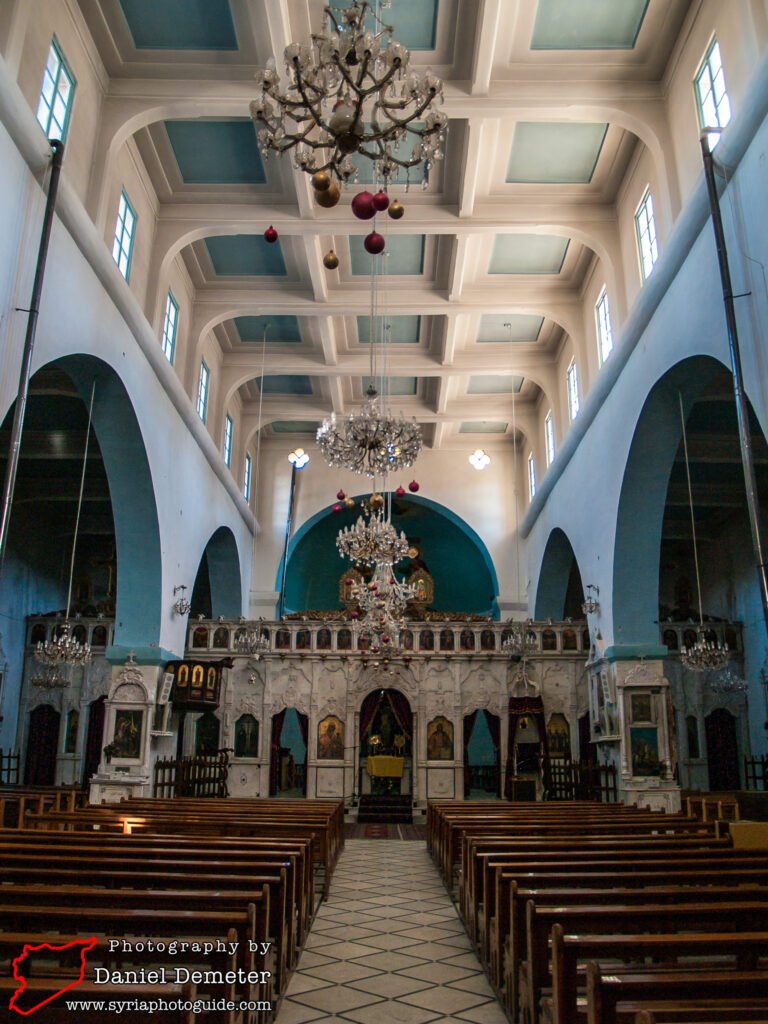
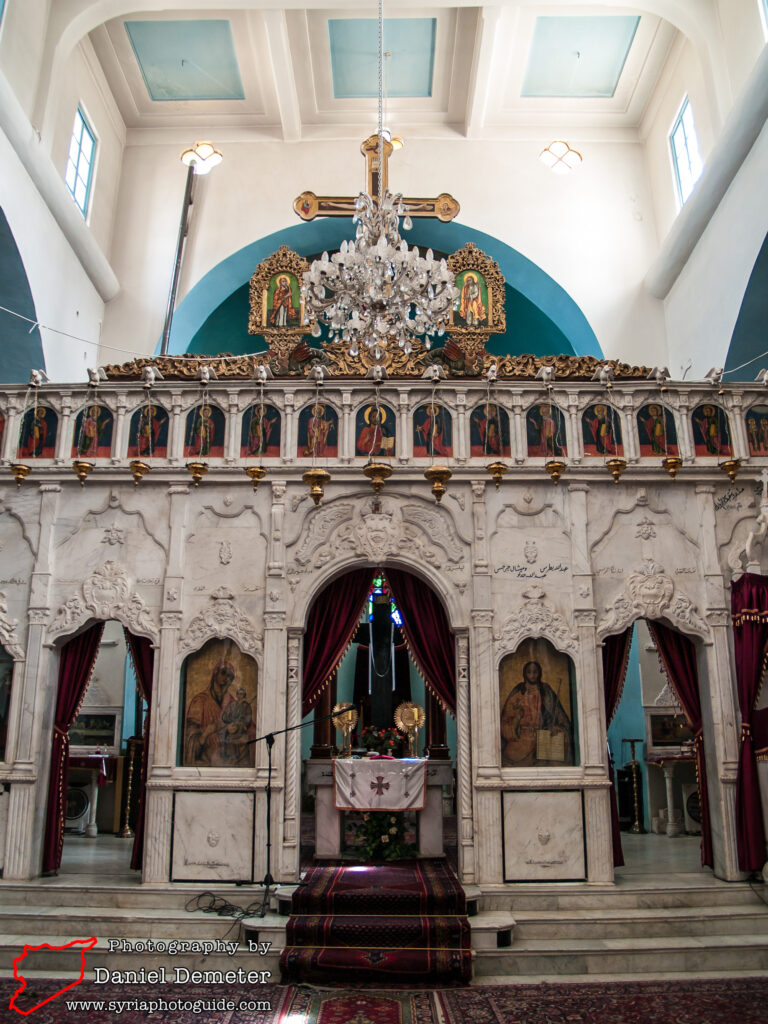
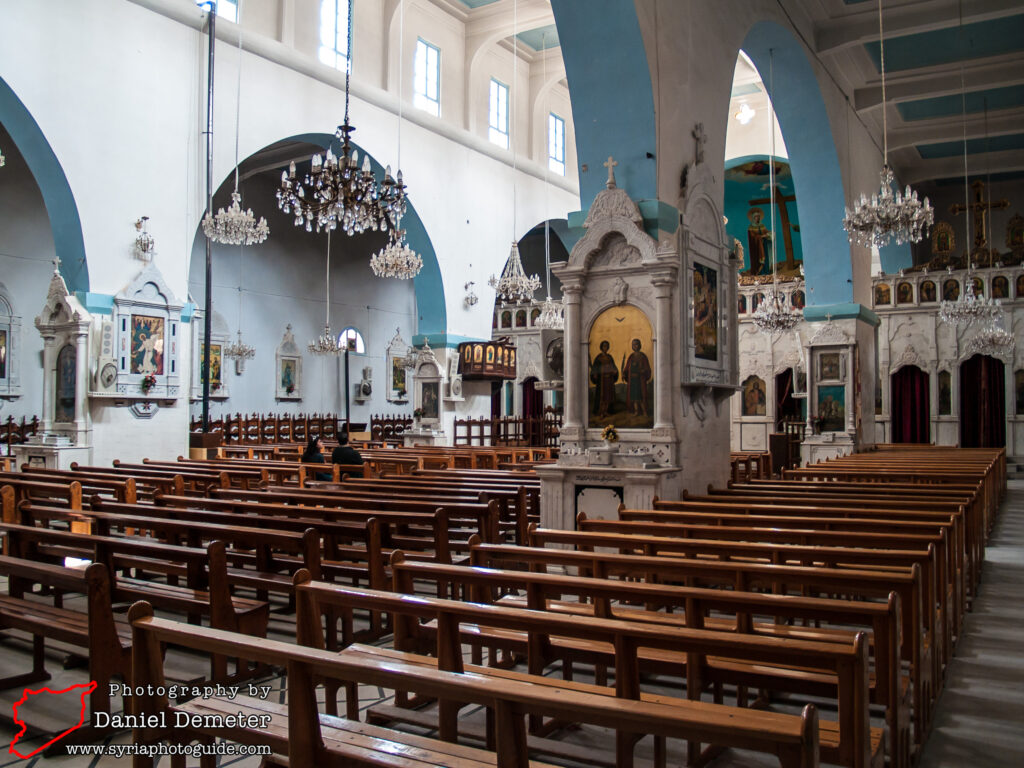
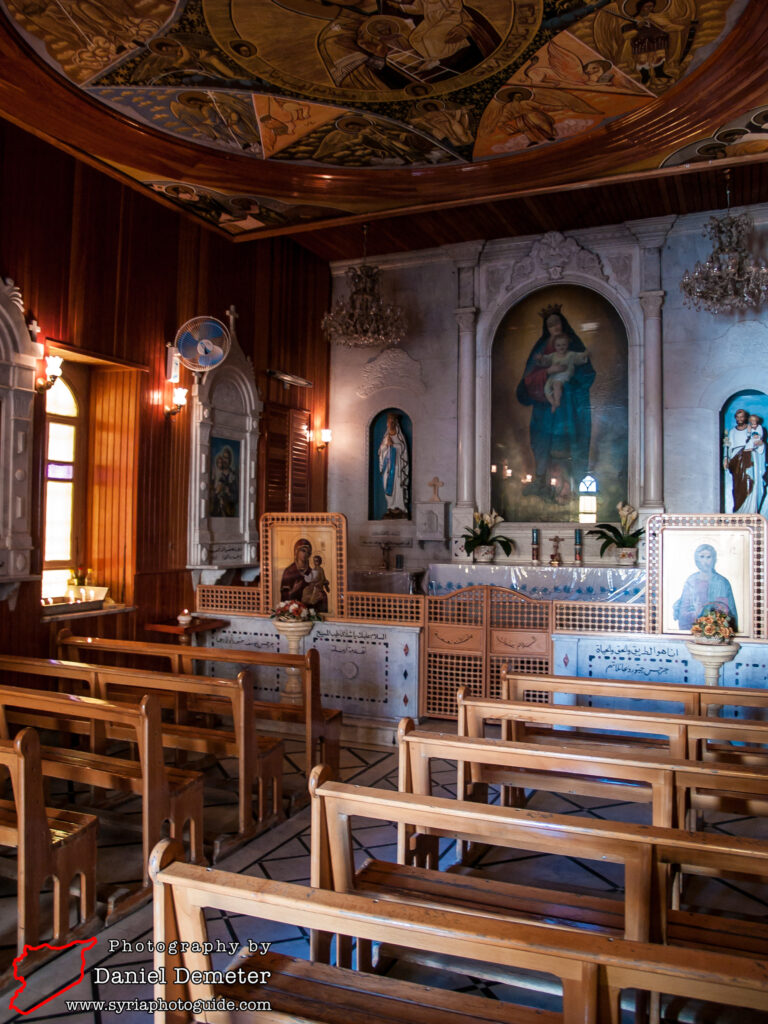
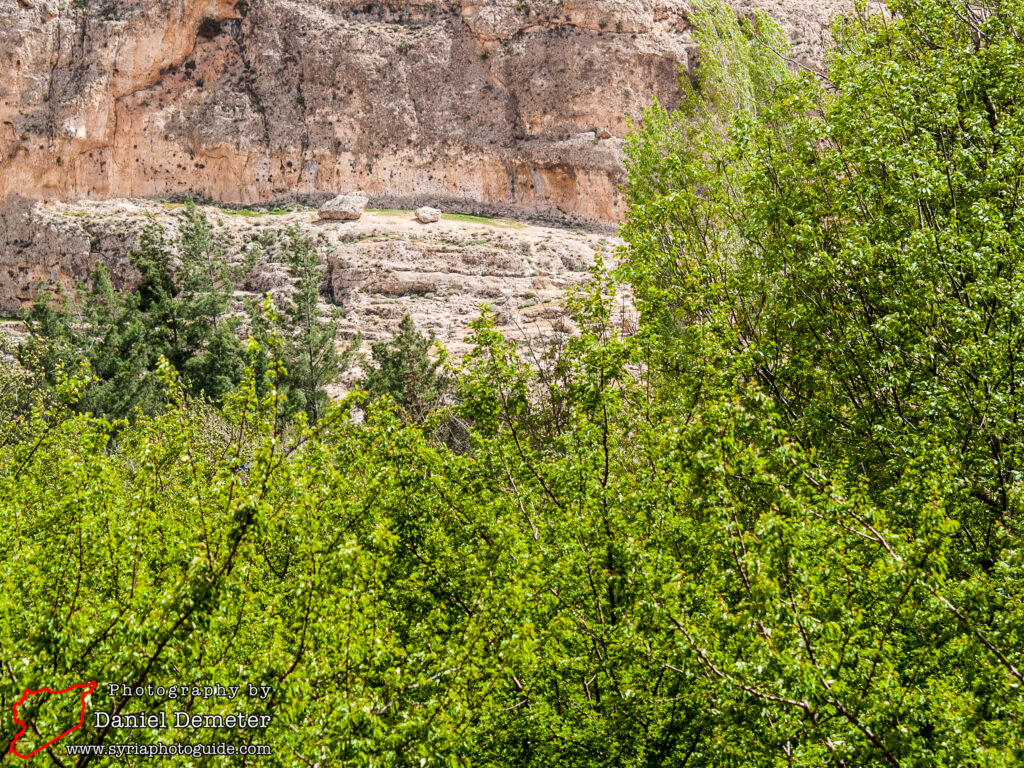
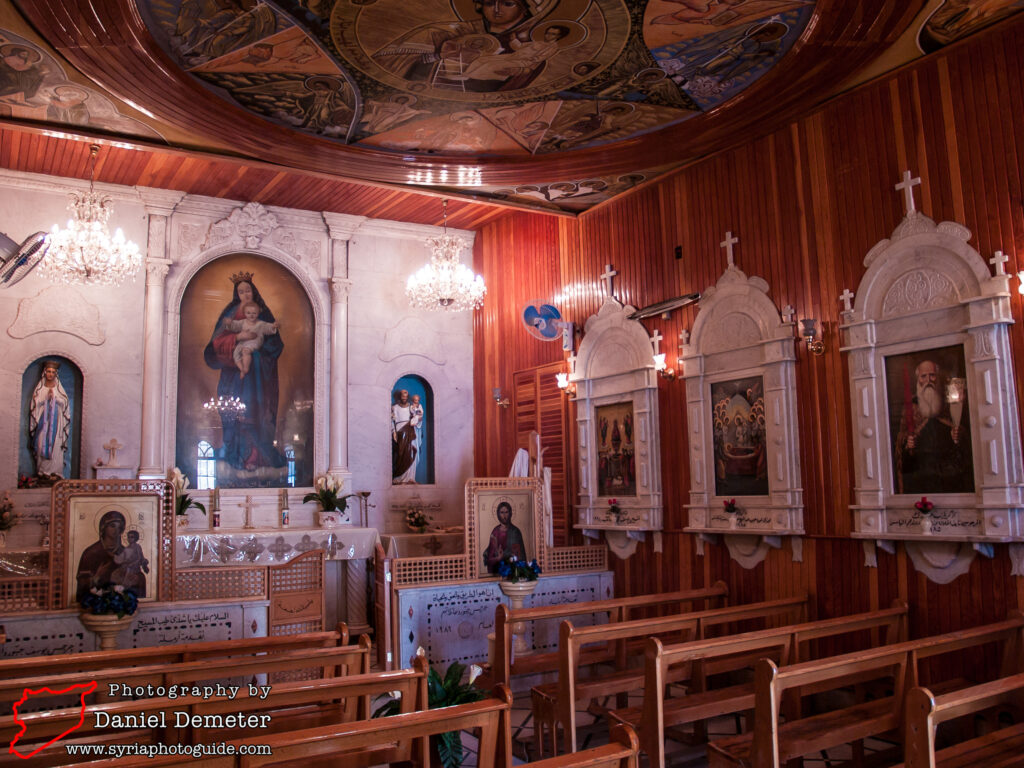
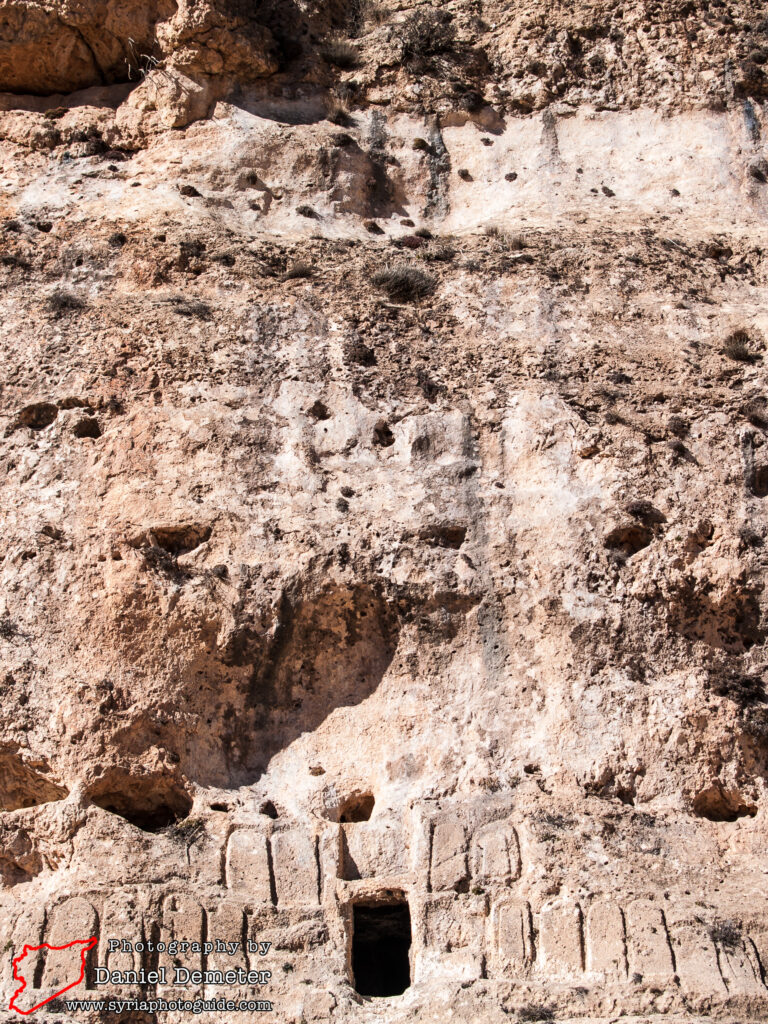
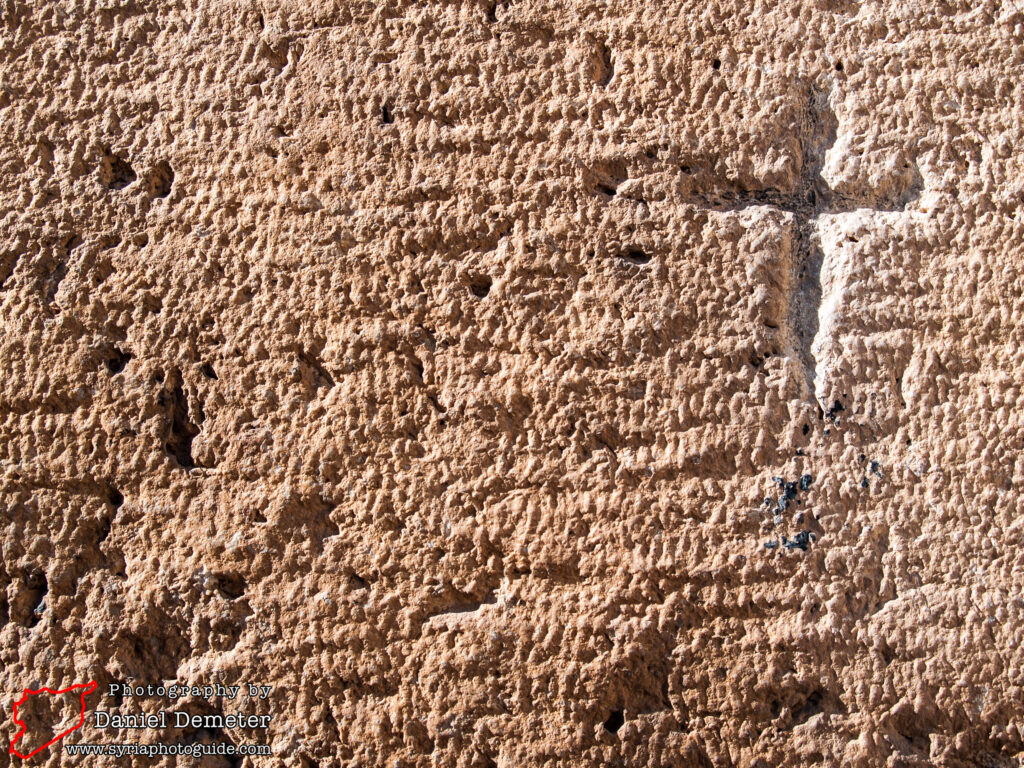
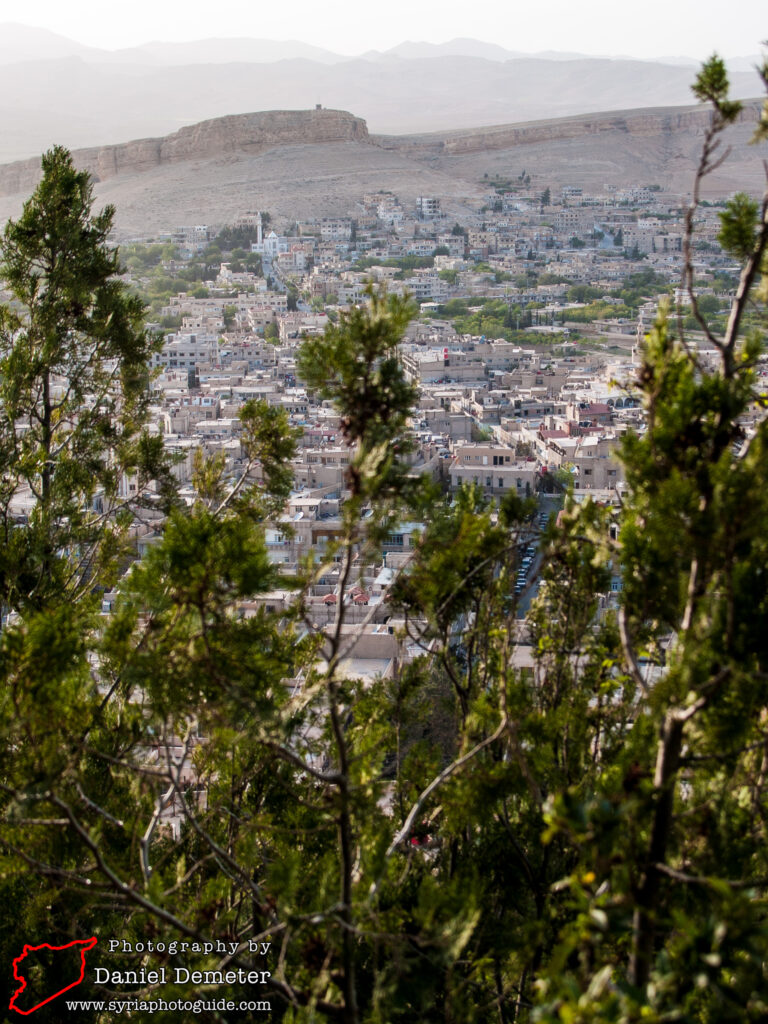
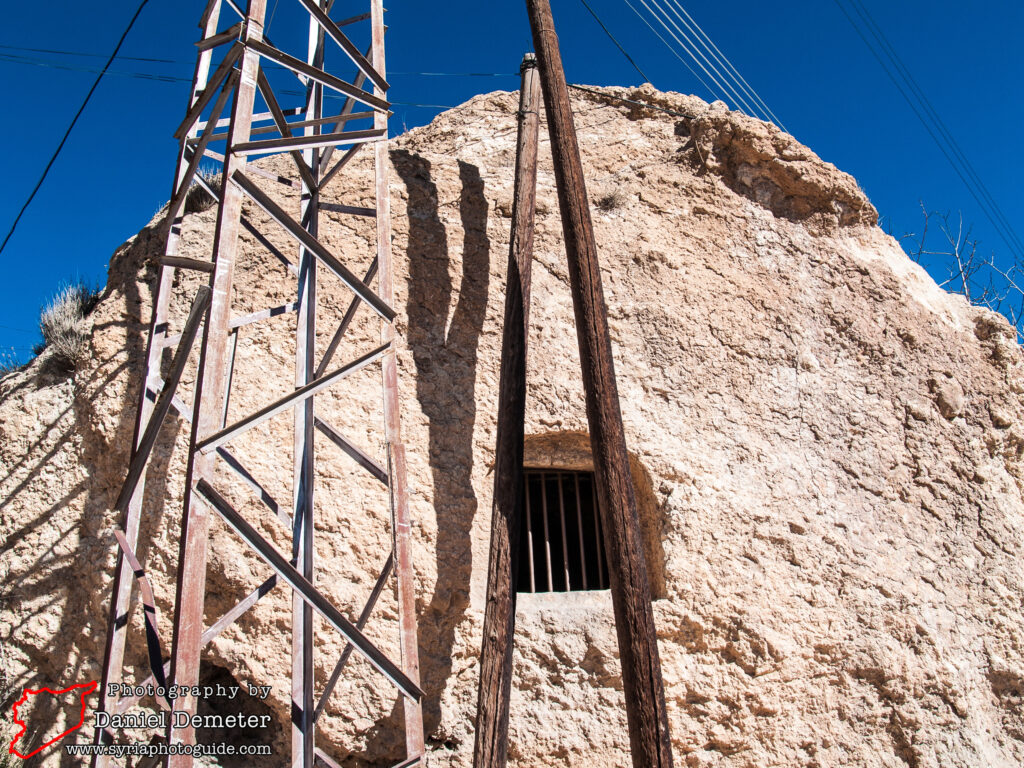
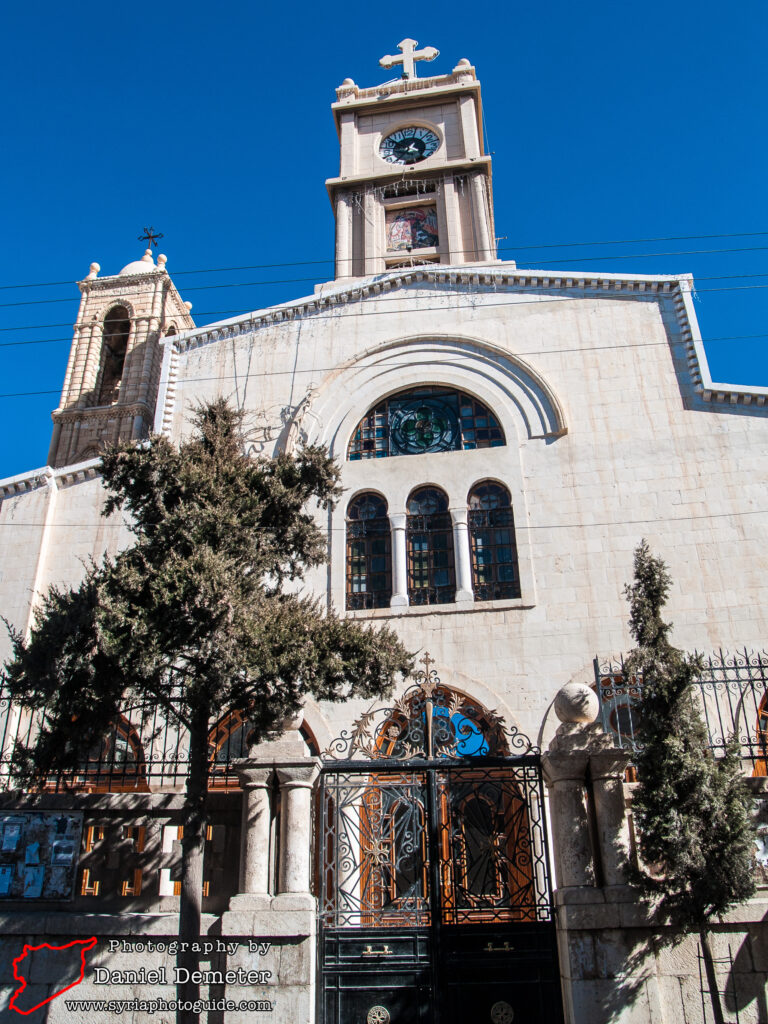
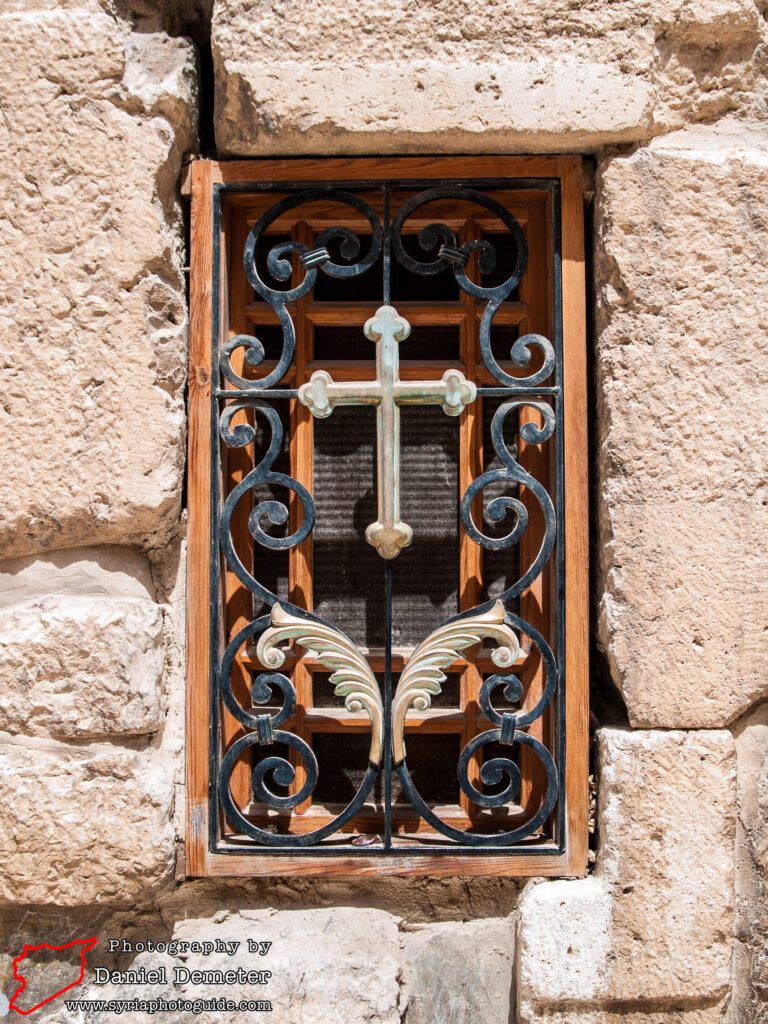
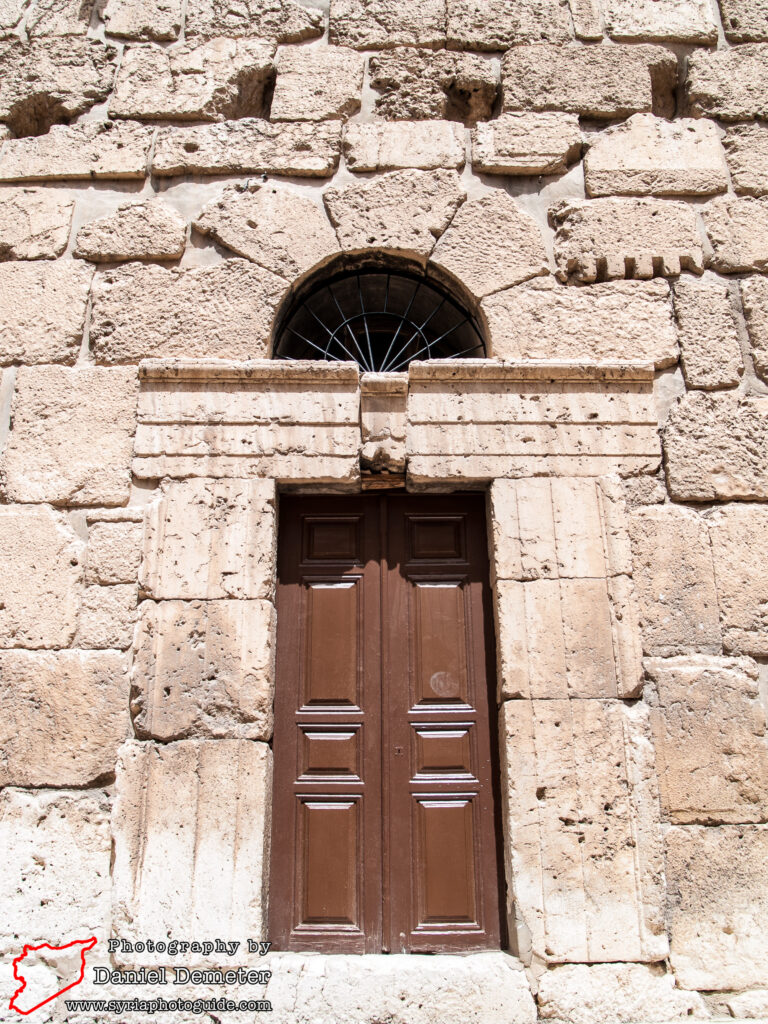
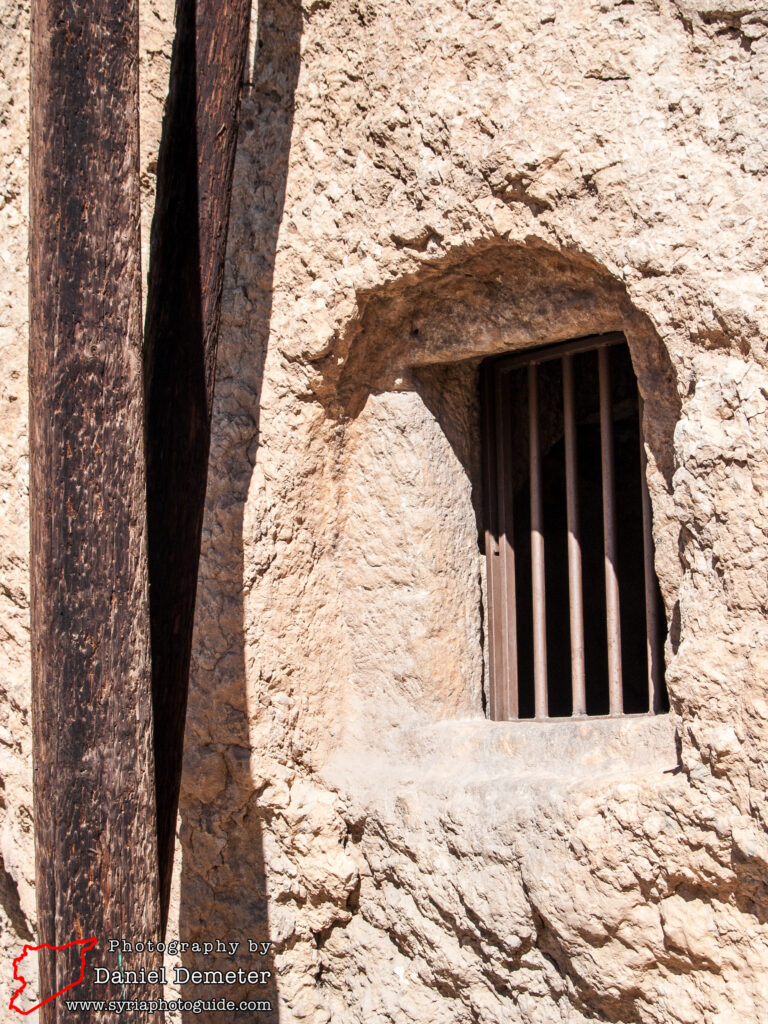
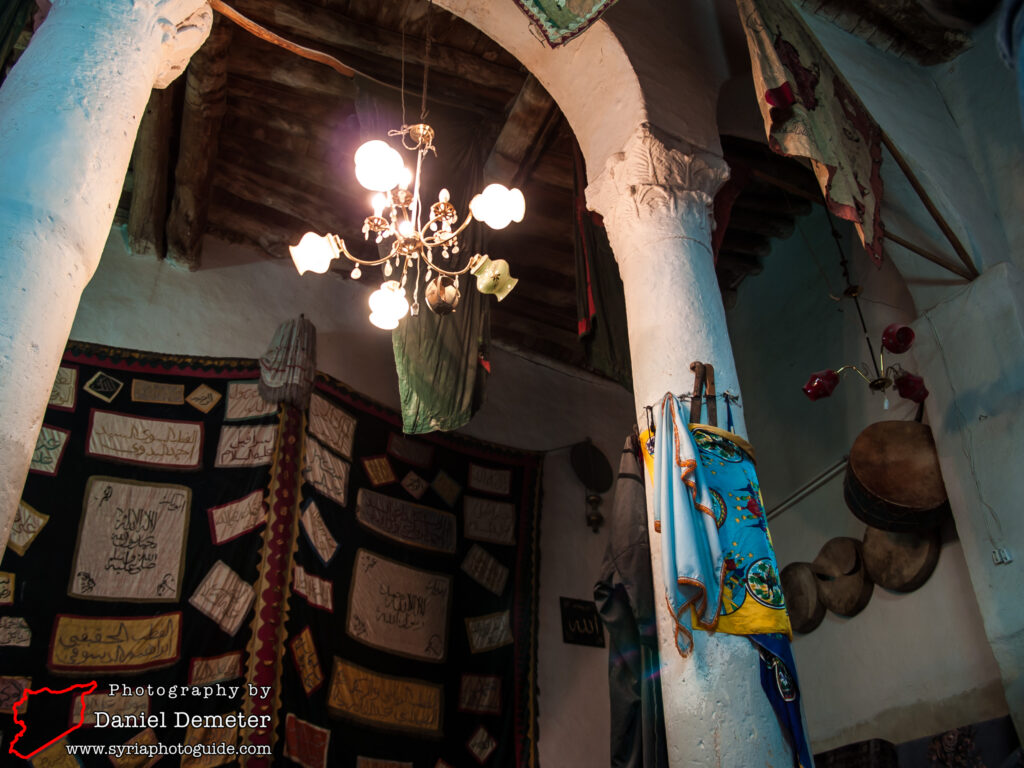
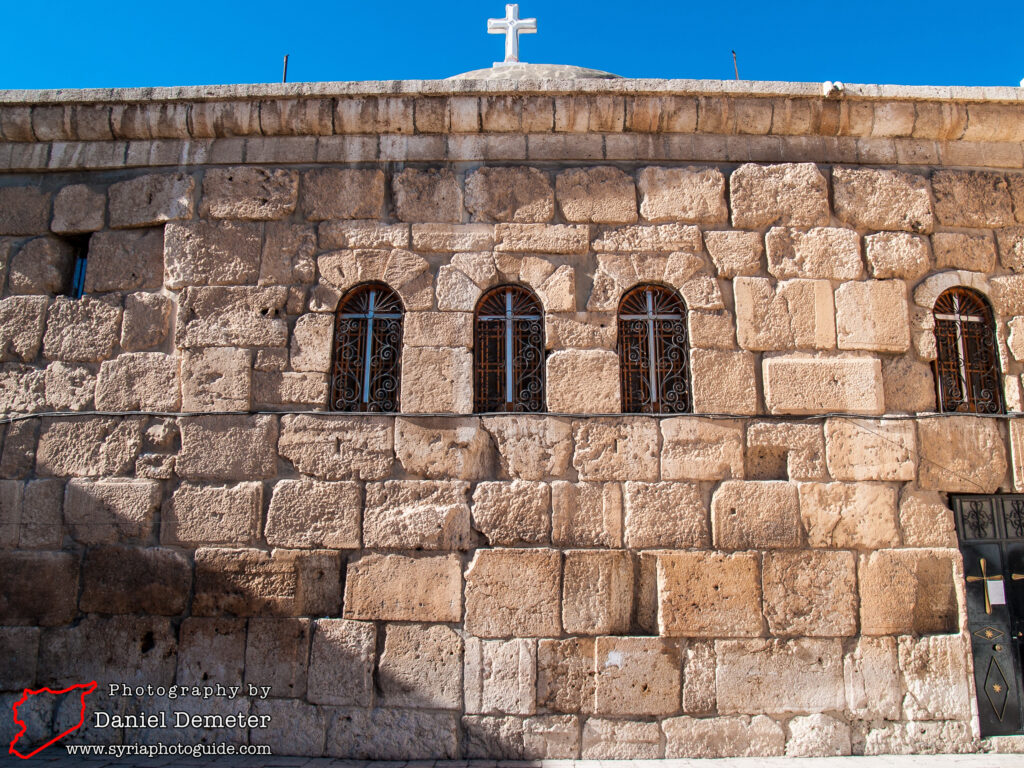
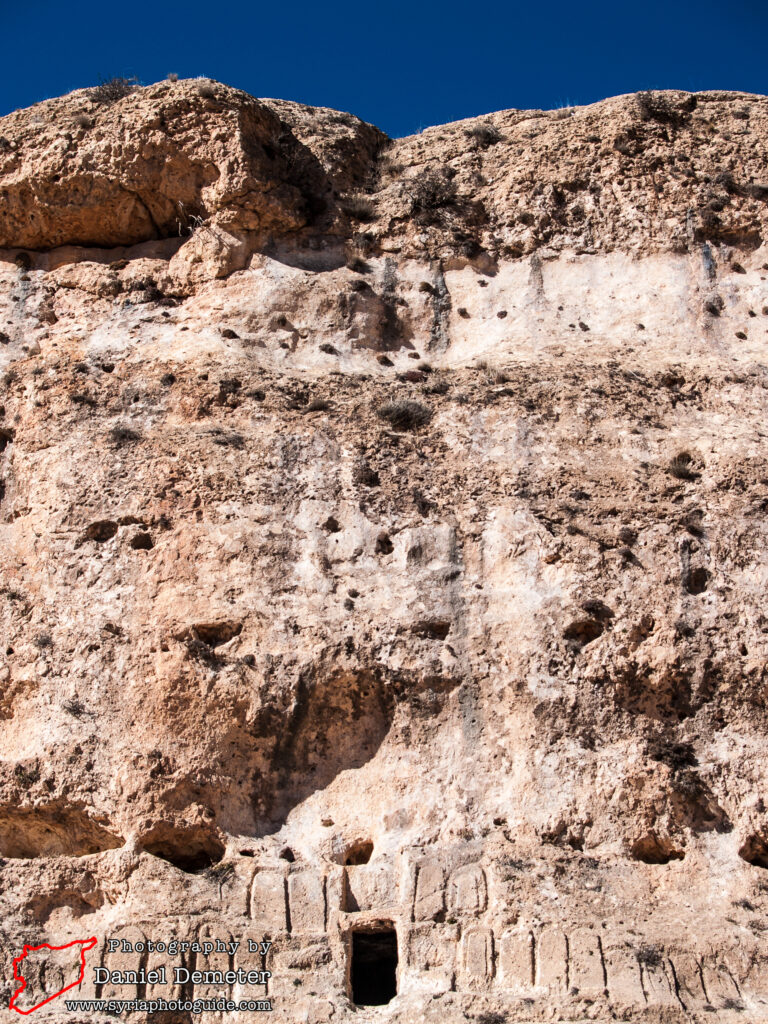
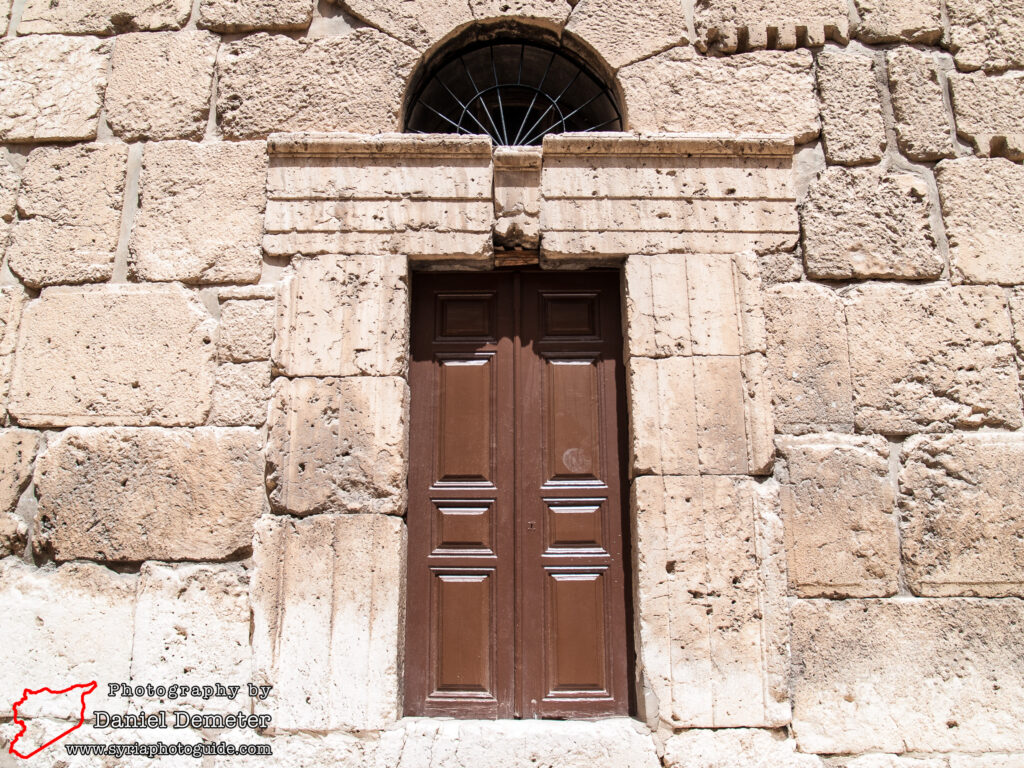
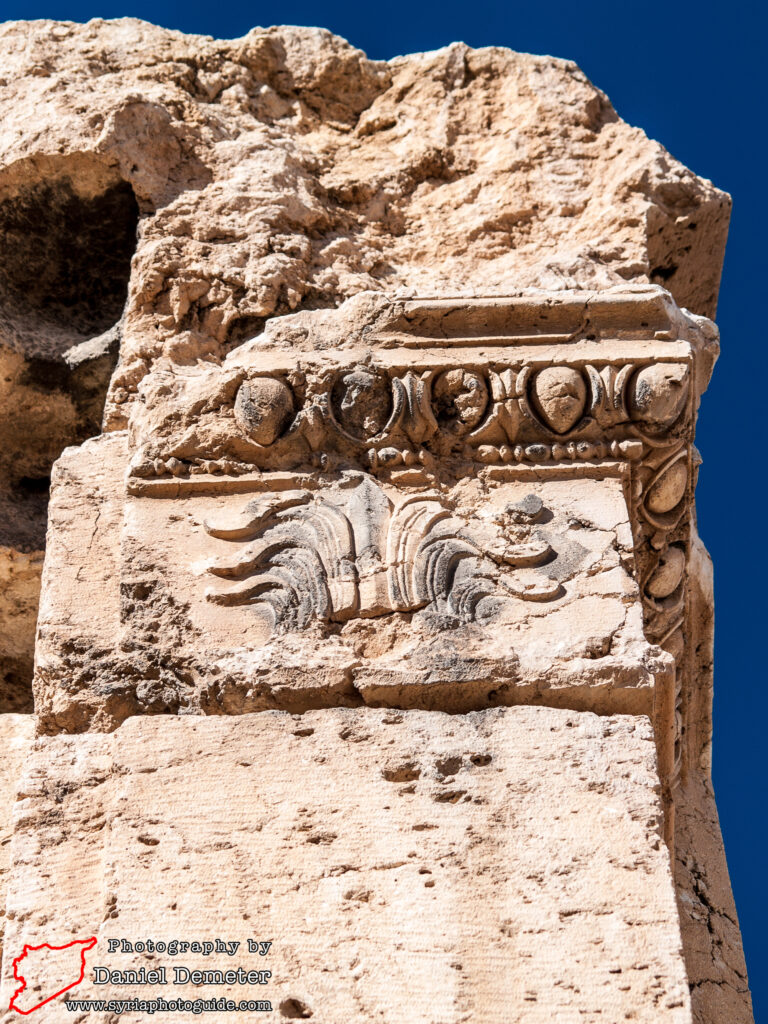
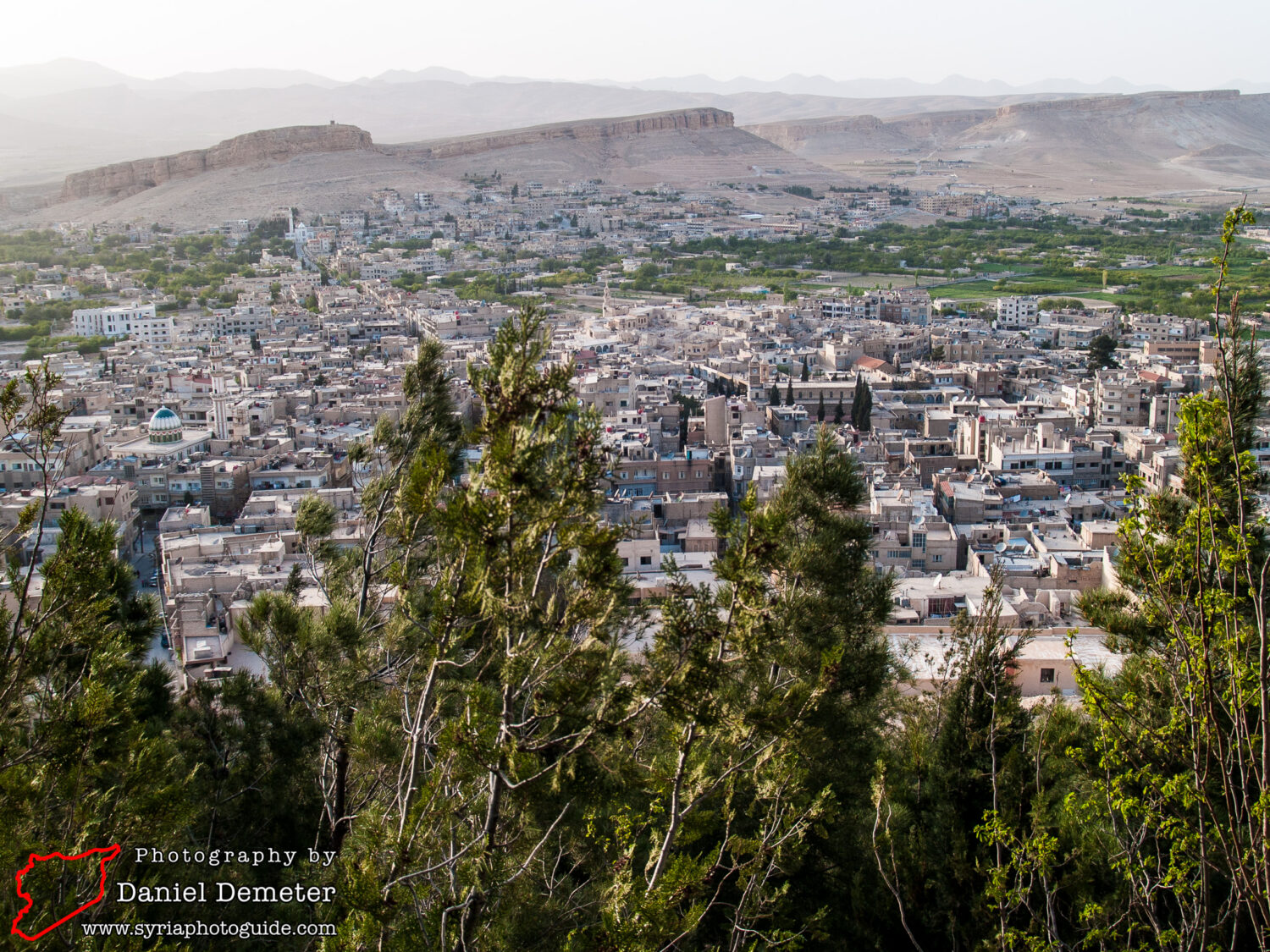
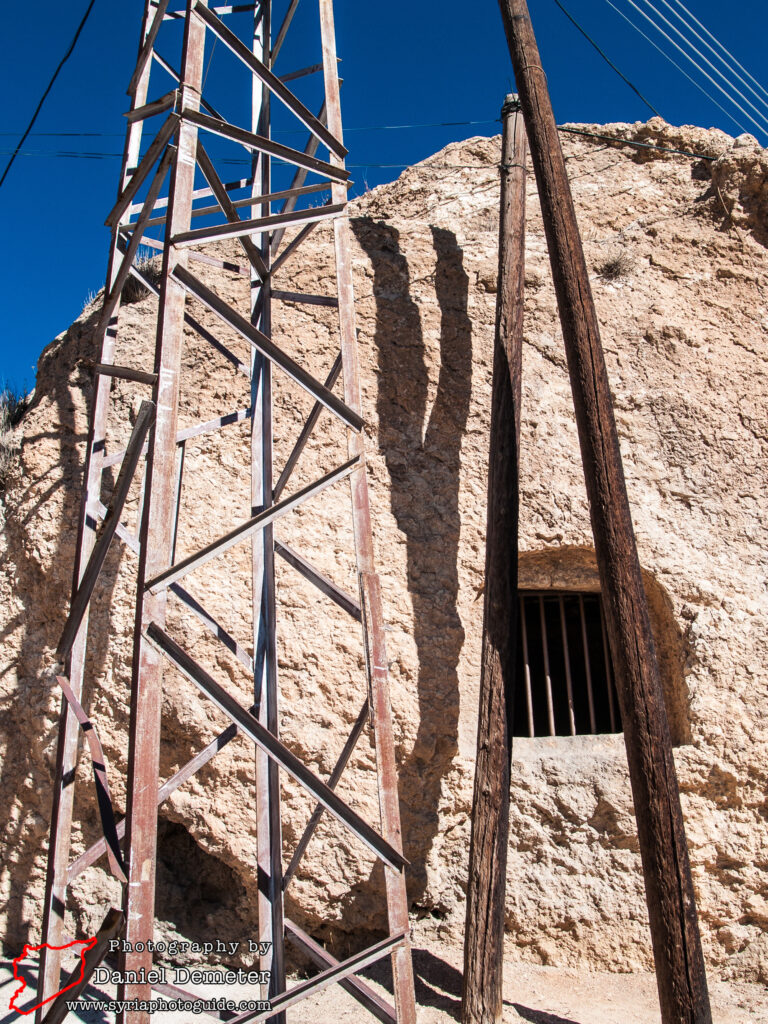
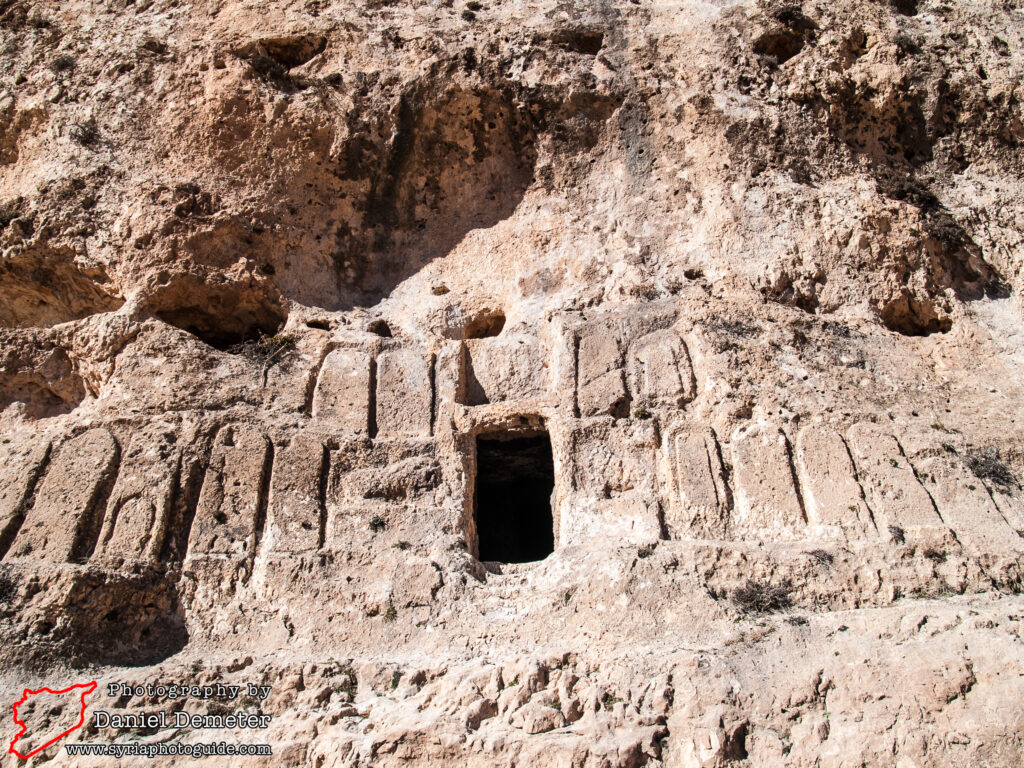
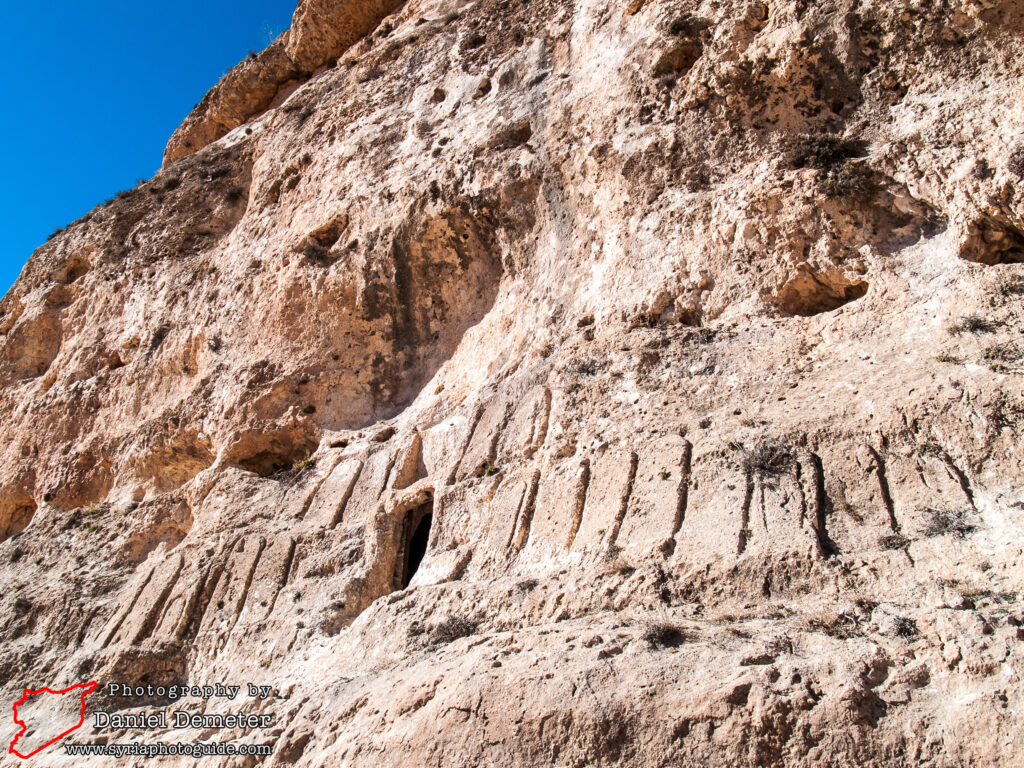
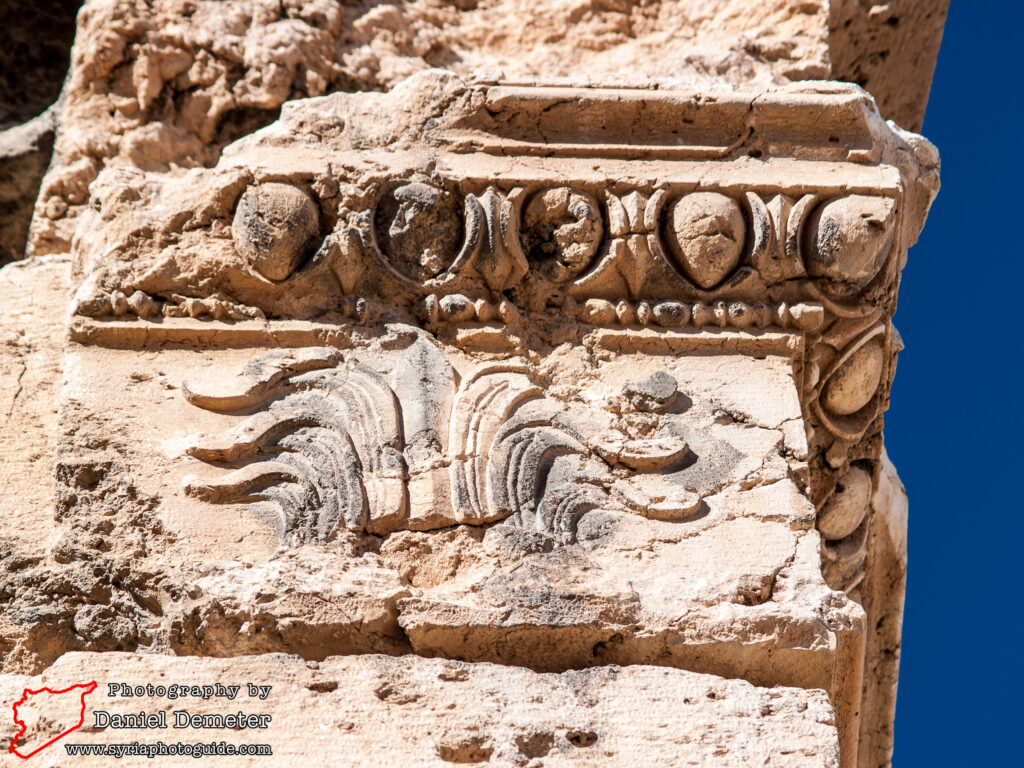
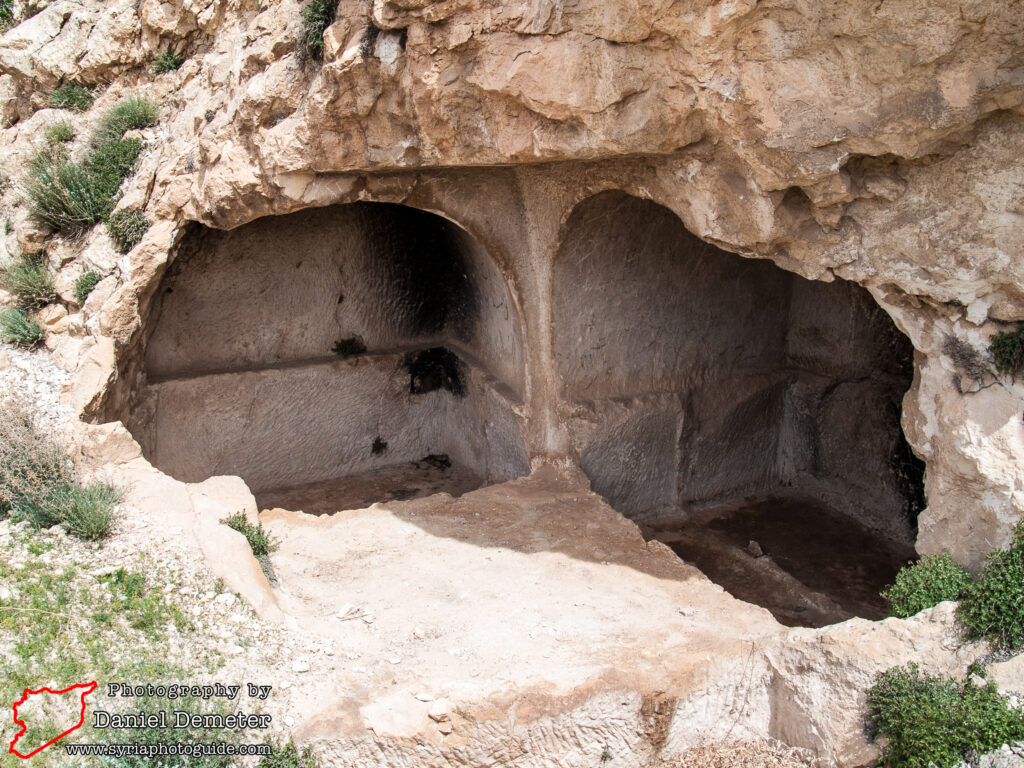
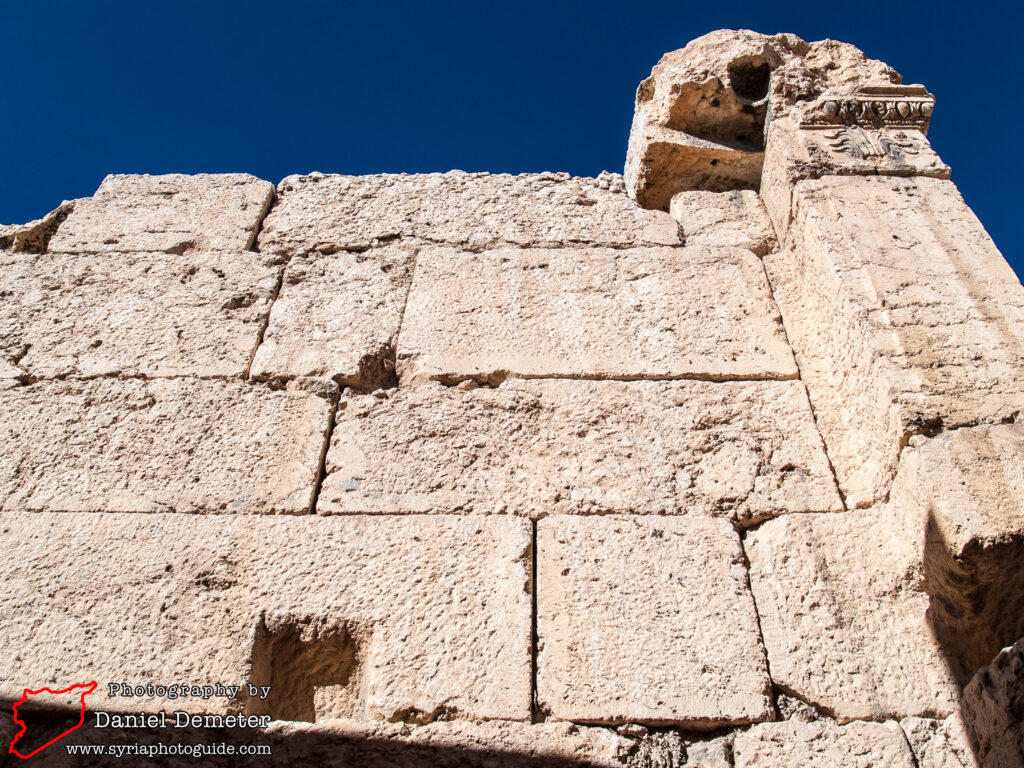
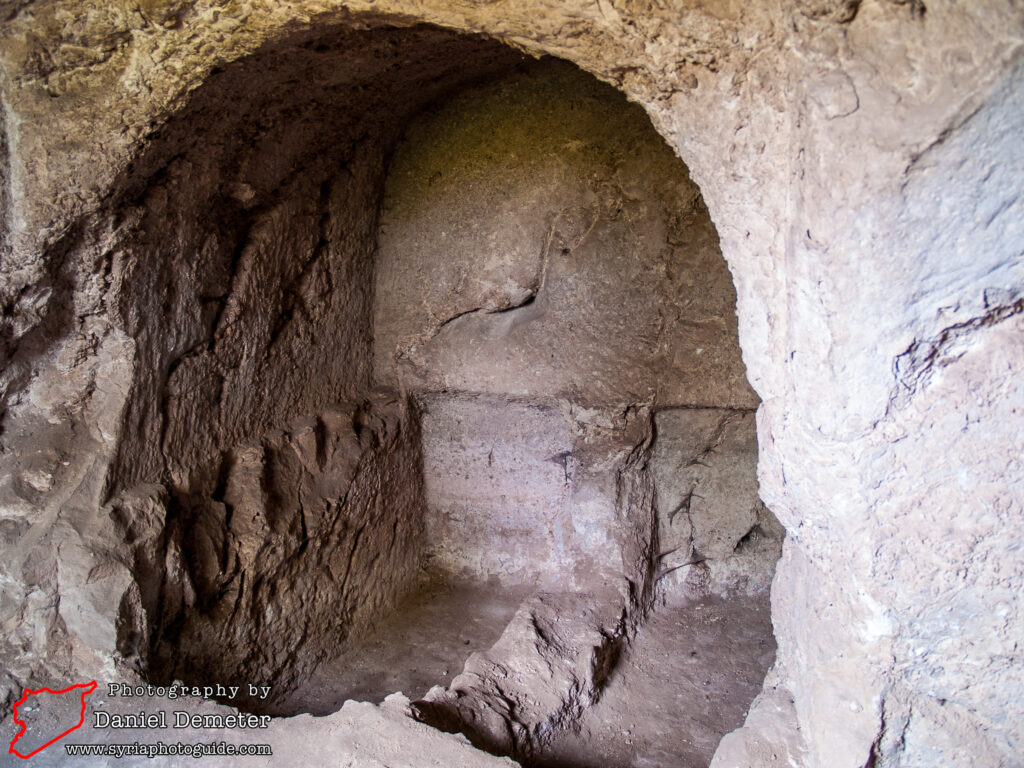
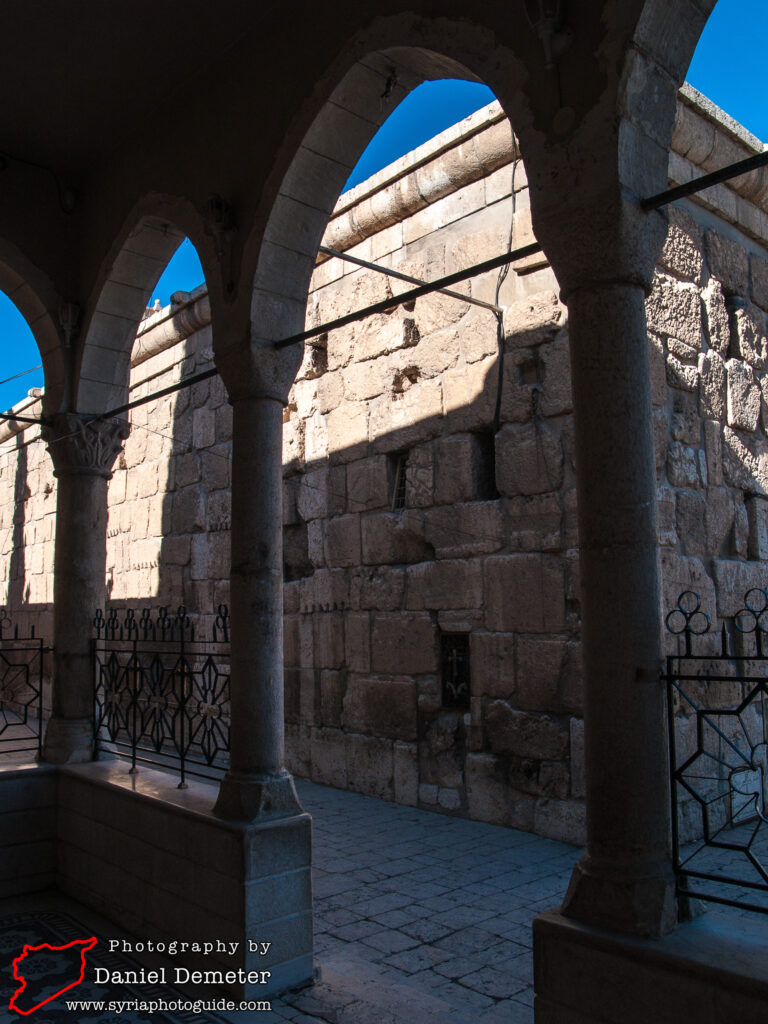
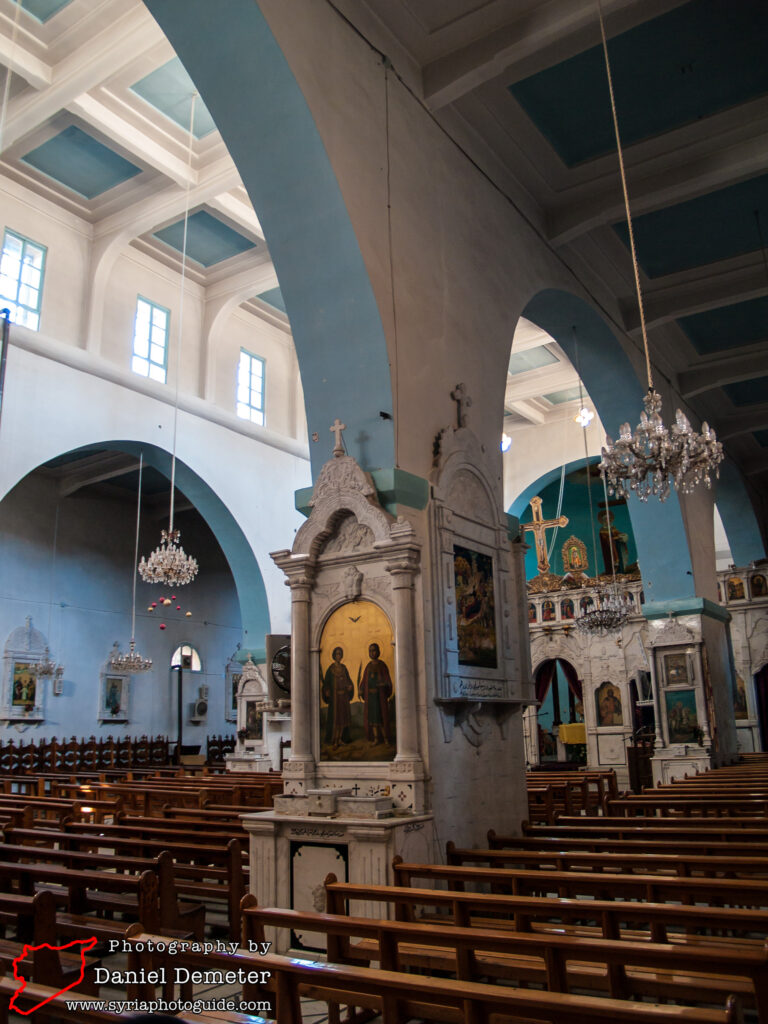
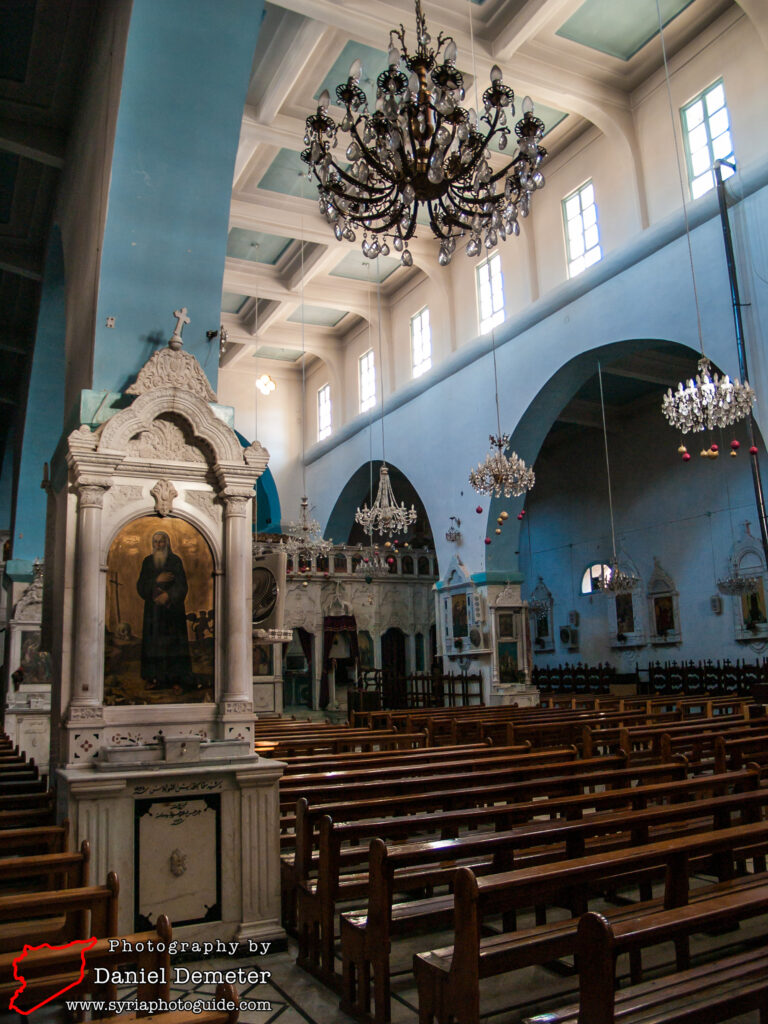
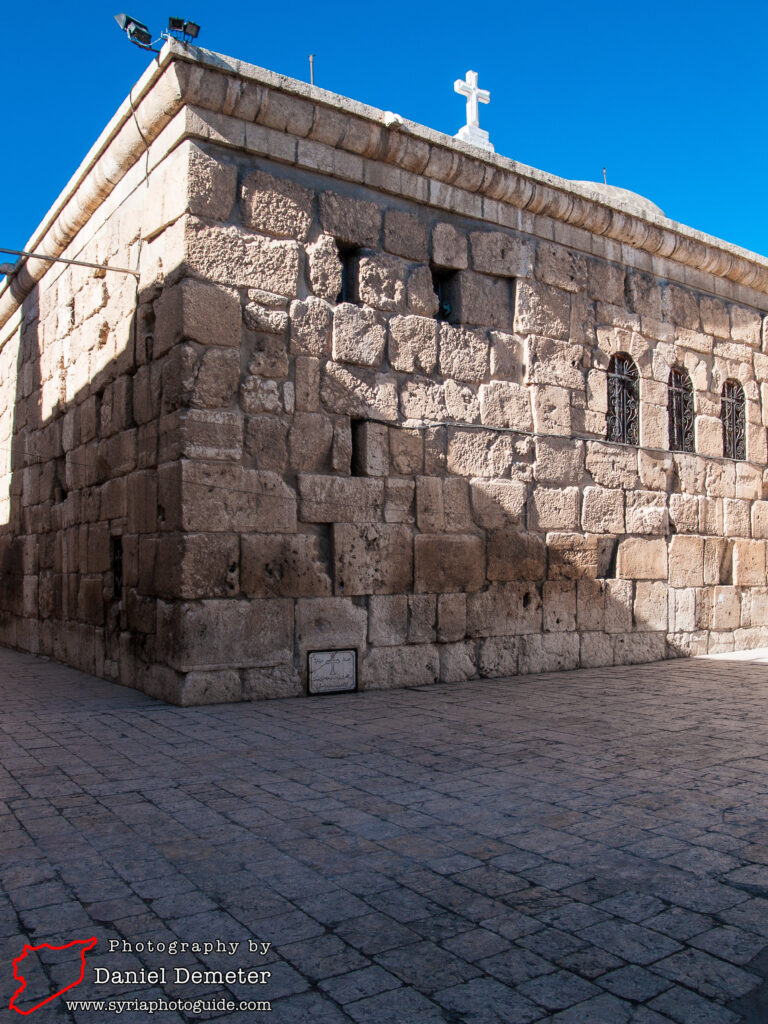
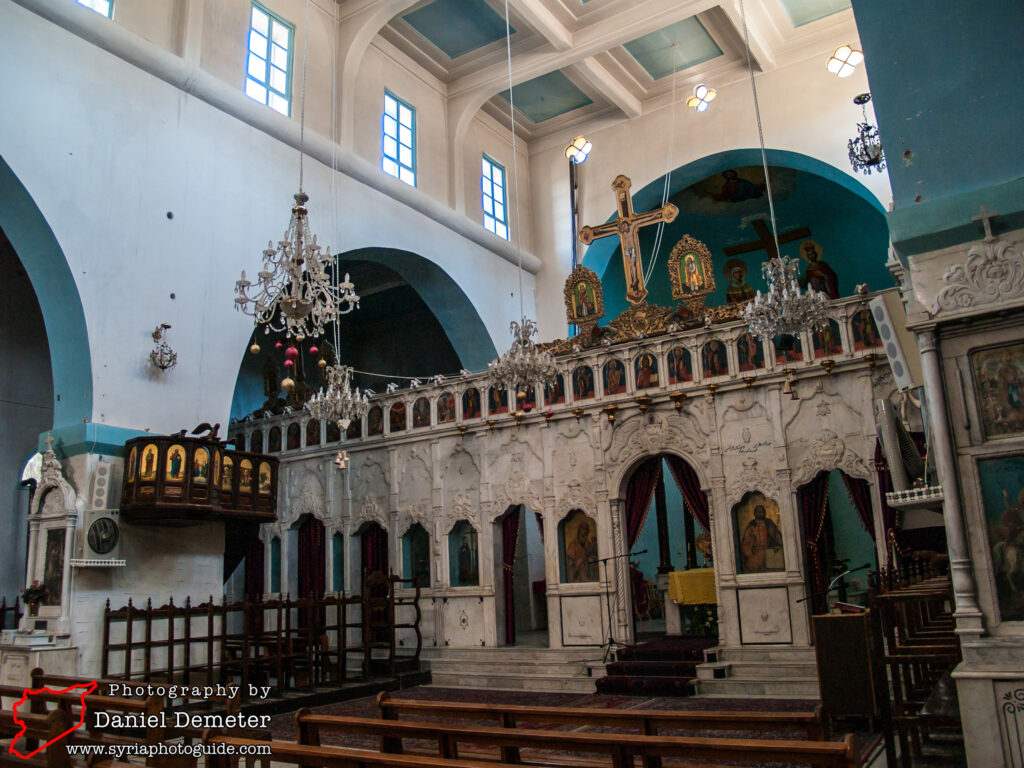
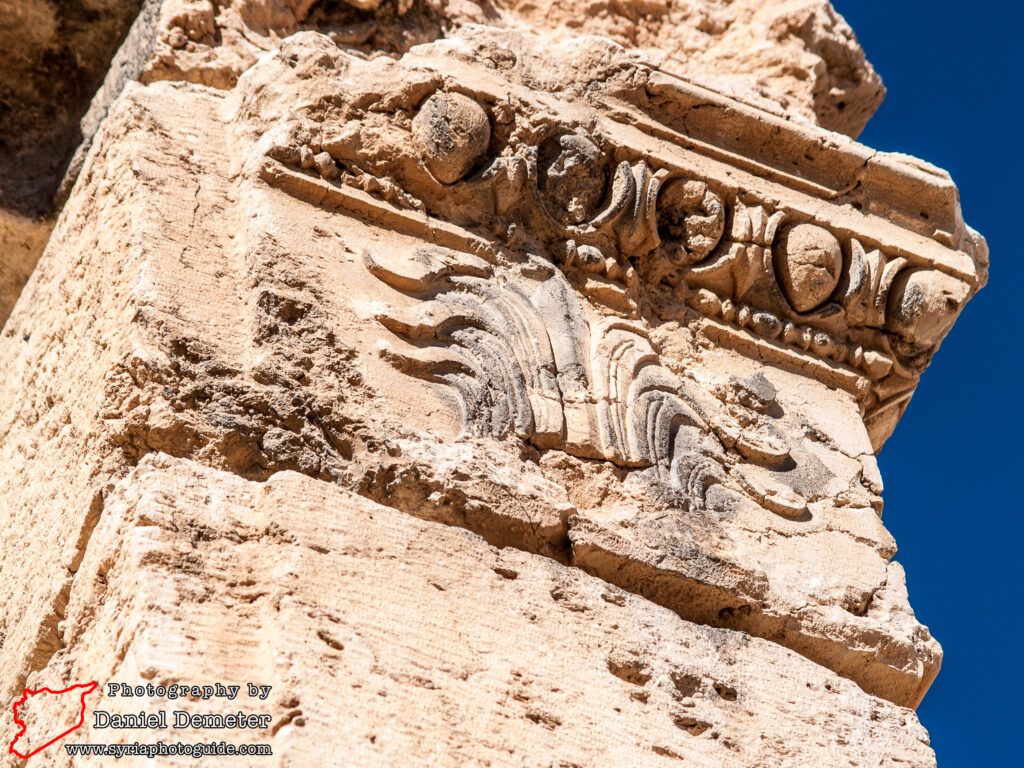
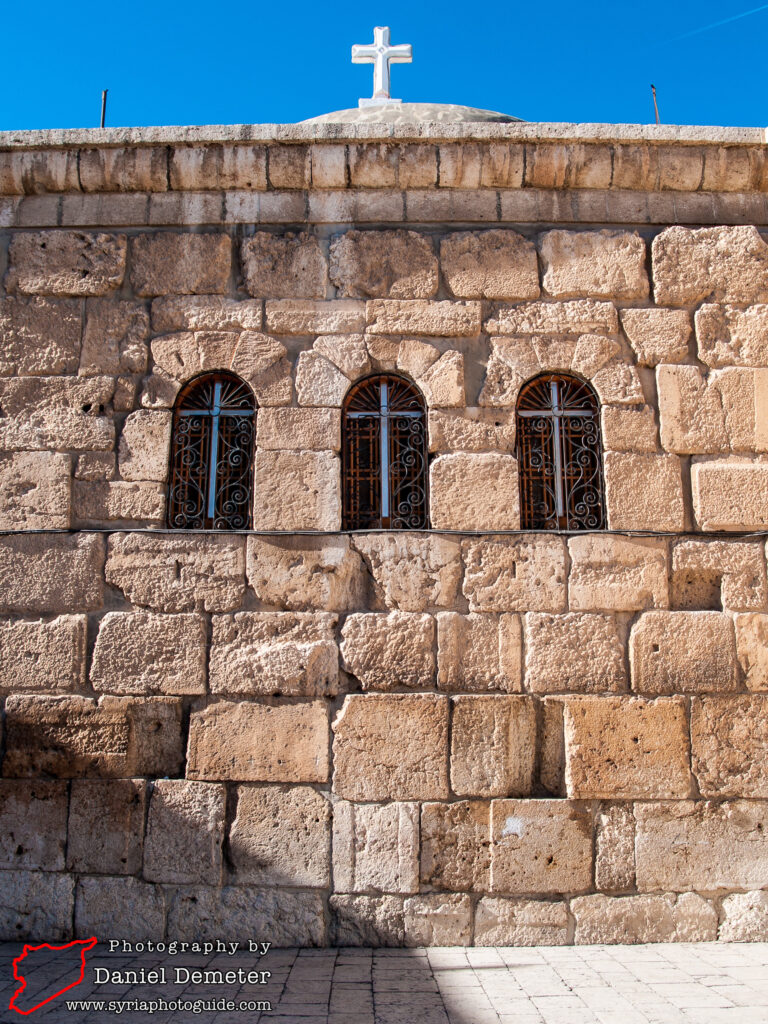
Preservation Status: Fierce battles were fought in Yabrud (يبرود) in February and March of 2014, resulting in opposition militants being ousted from the town. Damage to heritage sites is believed to have been negligible.
Getting There: Microbuses travel fairly frequently between Damascus (دمشق) and Yabrud (يبرود). They depart from the large bus station at al-Thawra al-Arabiyeh al-Kabra Square (ساحة الثورة العربية الكبرى), which is northeast of al-Abaseen Square (ساحة العباسيين) and generally referred to simply as Karajat (كرجات). The trip takes about an hour.
Alternatively, there are also microbuses between Yabrud (يبرود) and al-Nabk (النبك), making it easy to combine a visit to Yabrud (يبرود) with al-Nabk (النبك), Deir Mar Musa (دير مار موسى) and Qara (قارة). The trip between Yabrud (يبرود) and al-Nabk (النبك) takes 10 to 15 minutes.
Coordinates: 33°58’14.60″N / 36°39’27.17″E
Transliteration Variants: Yabroud
Rating: 5.5 / 10
